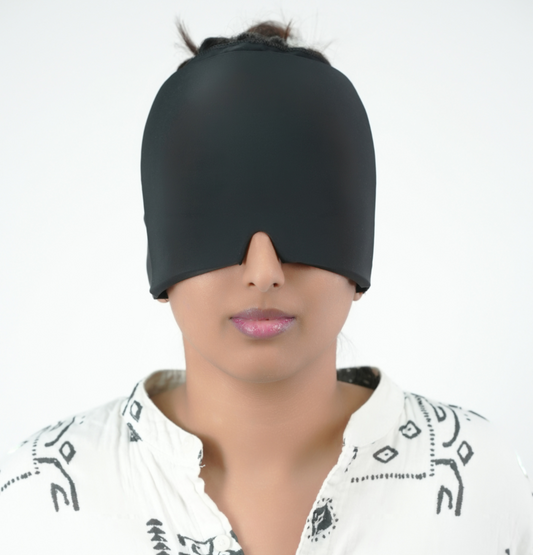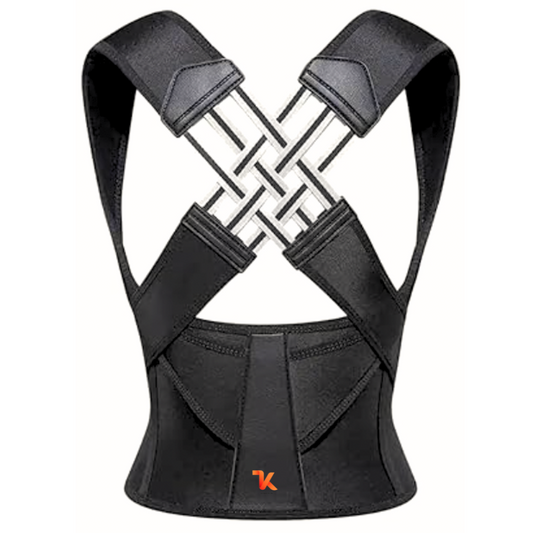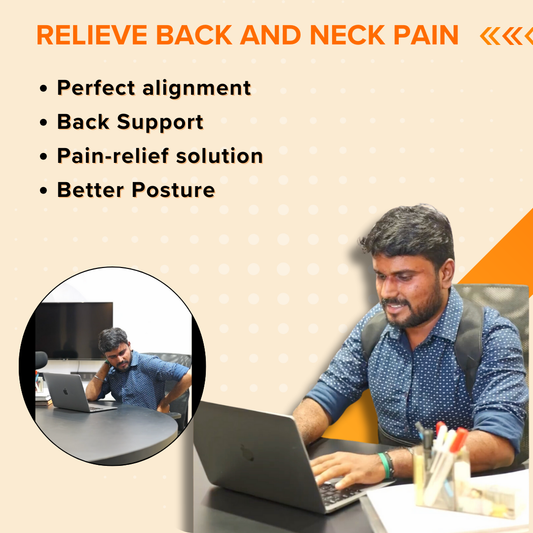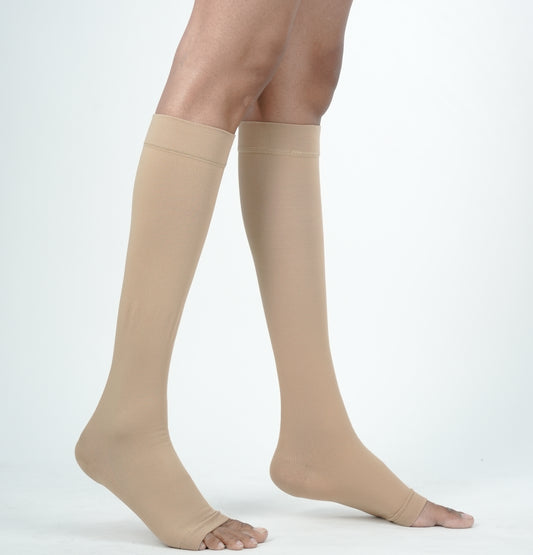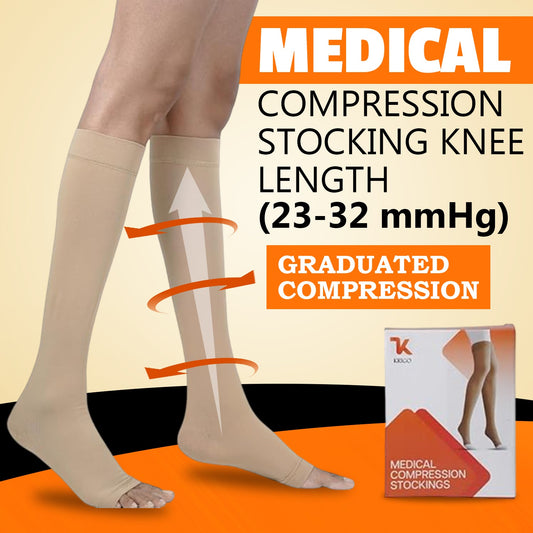The Role of Varicose Veins Stockings in Preventing Blood Clots
Are you dealing with the discomfort of varicose veins? Wondering what causes them and how to find relief? Look no further!
In this comprehensive article, we will explore everything you need to know about varicose veins - from their causes and symptoms to diagnosis and treatment options.
We will also delve into the benefits of using varicose vein stockings and provide useful tips on how to choose and buy the right pair for your needs.
Stay tuned to learn more and say goodbye to the pain and swelling caused by varicose veins!
Key Takeaways:
- Varicose vein stockings can help prevent blood clots by improving blood circulation and reducing swelling and discomfort.
- When buying varicose vein stockings, consider compression level, choose the right size, and purchase from a reputable source.
- These stockings are beneficial for those suffering from varicose veins, as they provide support for healing after treatment and help prevent further complications.
What Are Varicose Veins?
Varicose veins are enlarged, twisted veins that usually occur in the legs. These veins carry oxygen-rich blood back to the heart.
When the valves in the veins weaken or are damaged, they can no longer function properly, leading to the pooling of blood in the veins. Factors such as genetics, age, obesity, and prolonged standing or sitting can increase the risk of developing varicose veins.
Common symptoms of varicose veins include swelling, achiness, and a heaviness in the legs, especially after long periods of standing. In severe cases, skin changes, ulceration, or blood clots may occur, affecting blood circulation and potentially leading to more serious complications.
What Causes Varicose Veins?
Varicose veins are primarily caused by the malfunctioning of valves in the veins, leading to poor blood flow. These veins may occur when the walls of the veins or the valves become weak.
When the valves fail to function properly, they are unable to efficiently regulate the blood flow in the veins, causing it to pool and exert increased pressure on the vein walls. Over time, this constant pressure weakens the vein walls, leading to their dilation and the formation of varicose veins. The structure of veins, with thinner walls compared to arteries, makes them more susceptible to damage and enlargement when exposed to continuous high pressure. Impaired valve functionality disrupts the usual one-way blood flow, further contributing to the development of varicose veins.
What Are the Risk Factors for Varicose Veins?
Risk factors for varicose veins include a family history of vein issues, deep vein thrombosis (DVT), obesity, and standing or sitting for long periods. Athletes may also be at risk due to high-impact activities.
Athletes, especially those involved in high-impact sports, may experience increased pressure on their veins due to intense physical exertion, leading to a higher risk of developing varicose veins. It is worth noting that athletes who engage in regular low-impact exercises that promote circulation and muscle strength are less likely to be affected.
Genetic predispositions play a significant role in the development of varicose veins. Individuals with a family history of vein issues are more likely to inherit weakened vein walls or faulty valves, contributing to the condition.
Another major risk factor is obesity, as excess weight increases pressure on the veins, making them work harder to pump blood back to the heart. This constant strain can weaken the vein walls over time, leading to varicose veins.
What Are the Symptoms of Varicose Veins?
Symptoms of varicose veins may include swelling in the legs, aching or heavy legs, and changes in skin color. Poor circulation in the affected area can lead to discomfort and visible vein enlargement.
Varicose veins are not only a cosmetic concern but can also impact circulation, potentially causing more serious health issues. When blood flow is compromised, it can result in symptoms like itching, throbbing, or a burning sensation in the affected areas. The pooling of blood in the swollen veins can lead to skin changes, such as dryness, inflammation, or even skin ulcers.
HOW TO TREAT VARICOSE VEINS
Lifestyle Changes
Lifestyle changes play a crucial role in managing varicose veins. Regular exercise, elevation of the legs, and maintaining a healthy weight aid in promoting blood flow and reducing symptoms.
Regarding exercise, focusing on low-impact activities like swimming or cycling can be beneficial for individuals with varicose veins as they improve circulation without putting excessive strain on the legs. Incorporating strength training exercises can help support the muscles that surround the veins, providing better support for healthy blood flow.
Alongside exercise, a balanced diet rich in fiber and antioxidants can contribute to improved vascular health by reducing inflammation and supporting overall cardiovascular function. Foods high in vitamin C, such as citrus fruits and bell peppers, are particularly beneficial for recovery and aiding in the formation of collagen, which is essential for vein strength.
Compression Therapy
Compression therapy involves the use of compression stockings or sleeves to apply pressure on the legs and improve blood circulation. These stockings are available in various sizes and tightness levels based on individual needs.
One of the key benefits of compression therapy for varicose veins is its ability to reduce swelling, pain, and discomfort in the legs. By applying gentle pressure, compression stockings help support the veins and promote better blood flow, preventing blood from pooling and reducing the risk of complications.
It is essential to consult with a healthcare professional for proper measurements and guidance on selecting prescription-grade compression garments to ensure optimal effectiveness. These garments come in different styles such as knee-high, thigh-high, or full-length stockings, each serving a specific purpose based on the severity of the condition.
Surgical Procedures
In severe cases, surgical procedures may be recommended to treat varicose veins. Surgeries such as vein stripping or phlebectomy involve the removal or closure of affected veins to improve blood flow and reduce discomfort.
Other advanced surgical options for varicose veins include endovenous laser treatment (EVLT) and sclerotherapy.
- EVLT uses laser energy to seal off problematic veins.
- Sclerotherapy involves injecting a solution directly into the affected veins to close them.
These procedures are minimally invasive and often performed as outpatient treatments, offering quicker recovery times compared to traditional surgeries.
What Are Varicose Vein Stockings?
Varicose vein stockings, also known as compression stockings, are specially designed garments that apply pressure to the legs, promoting better blood circulation and reducing swelling. These stockings are available in various sizes and compression levels.
Compression stockings are commonly prescribed to individuals with conditions like varicose veins or chronic venous insufficiency. By exerting gentle pressure on the legs, they aid in pushing blood back towards the heart, preventing pooling and the formation of blood clots. Keeping your veins healthy.
How Do Varicose Vein Stockings Work?
Varicose vein stockings work by applying graduated pressure on the legs, helping to assist blood flow and prevent blood pooling in the veins. This compression aids in pushing oxygen-rich blood back towards the heart.
This targeted pressure from the stockings also helps to improve the efficiency of the one-way valves in the veins, which play a crucial role in preventing the backflow of blood. By supporting these valves, the stockings reduce the risk of venous insufficiency and promote better circulation throughout the legs. The gentle squeezing action of the stockings assists in reducing swelling and discomfort, providing relief to individuals suffering from varicose veins and other circulation issues.
What Are the Benefits of Using Varicose Vein Stockings?
Using varicose vein stockings offers several benefits, including improved blood circulation, reduced swelling and discomfort, and enhanced recovery after physical activities. Athletes often use compression stockings for faster exercise recovery.
One of the key advantages of varicose vein stockings is their ability to promote better blood flow throughout the legs, which is crucial during intense physical exertion. By applying gentle pressure to the legs, these stockings help prevent the pooling of blood in the veins, thereby reducing the risk of varicose veins or other circulation issues.
The compression provided by these stockings aids in decreasing swelling and discomfort, making them particularly beneficial for athletes who engage in prolonged periods of standing or intense workouts. The improved circulation also leads to faster removal of metabolic waste products from the muscles, contributing to quicker recovery times.
Improves Blood Circulation
Varicose vein stockings aid in improving blood circulation by exerting pressure on the legs, helping oxygen-rich blood flow efficiently through the veins and towards the heart.
By providing gentle compression, these specialized stockings assist in preventing blood from pooling in the lower extremities, thereby reducing the likelihood of developing varicose veins or experiencing discomfort due to poor circulation. The graduated pressure exerted by the stockings supports the natural movement of blood back to the heart, ensuring that vital nutrients and oxygen reach all areas of the body effectively. This enhanced blood flow not only promotes overall cardiovascular health but also minimizes the risk of swelling and other circulatory issues.
Reduces Swelling and Discomfort
Compression stockings help in reducing swelling and discomfort by applying gentle pressure on the legs, which aids in preventing fluid buildup and relieves the symptoms of varicose veins.
Typically, compression stockings are designed to have graduated pressure, meaning they are tighter at the ankle and gradually decrease in tightness as they move up the leg. This graduated compression helps promote blood flow towards the heart, reducing the pooling of blood in the veins. The level of pressure exerted by the stockings is crucial in achieving optimal results, as it needs to be sufficient to provide support without being overly restrictive.
Prevents Blood Clots
Varicose vein stockings play a crucial role in preventing blood clots by maintaining proper blood flow and reducing the risk of clot formation in the legs. Different types of compression stockings cater to varying clot prevention needs.
Compression stockings are designed to apply pressure to the legs, which helps blood circulate more efficiently. This pressure promotes proper circulation, preventing blood from pooling and clotting in the veins. Graduated compression stockings, for instance, have a stronger pressure at the ankle and decrease as they move up the leg, aiding in pushing blood back towards the heart.
Thigh-high stockings and knee-high stockings are common varieties that target specific areas of the leg to address clotting concerns.
Supports Healing After Treatment
Varicose vein stockings support healing after treatment procedures by providing gentle compression and aiding in the recovery process. Prescription-grade compression garments offer targeted support for post-treatment care.
These specially designed stockings or compression socks are beneficial not only in reducing swelling but also in improving blood circulation, thus preventing the formation of blood clots. By applying consistent pressure to the legs, varicose vein stockings help alleviate discomfort and promote faster healing. This compression therapy plays a crucial role in managing symptoms and preventing complications post-treatment. The snug fit of these prescription-grade compression garments ensures that the muscles receive adequate support, promoting mobility and overall well-being during recovery.
How to Choose and Buy Varicose Vein Stockings?
Choosing and buying varicose vein stockings involves considerations such as consulting with a doctor, determining the appropriate compression level, selecting the right size, prioritizing quality and comfort, and purchasing from reputable sources.
Make sure to accurately measure your leg for the correct size as incorrectly sized stockings can be ineffective.
Quality standards play a vital role in the effectiveness and durability of compression stockings, so opt for products from established and trustworthy vendors known for their high-quality manufacturing processes.
Choose the Right Size
Selecting the right size of varicose vein stockings is crucial for effective compression therapy. Accurate measurements of your legs ensure a proper fit and optimal benefits.
When choosing compression stockings, one must not underestimate the significance of precise measurements. Ill-fitting stockings can cause discomfort, skin irritation, or even hinder the therapeutic effects. This is why healthcare professionals stress the necessity of determining the correct size prior to purchasing varicose vein stockings. By considering factors like ankle circumference, calf width, and leg length, individuals can avoid potential issues related to inadequate compression or improper sizing.
Look for Quality and Comfort
Prioritize quality and comfort when purchasing varicose vein stockings.
Varicose vein stockings made from high-quality materials like spandex, nylon, or microfiber provide superior durability and ensure a snug fit that doesn't compromise on breathability. These materials are designed to withstand frequent washing and long hours of wear without losing their elasticity or shape.
Opting for seamless designs can prevent chafing and irritation, while reinforced toe and heel areas enhance the stockings' longevity. Look for stockings with moisture-wicking properties to keep your legs dry and comfortable throughout the day, making them ideal for all-day wear, whether sitting, standing, or moving.


